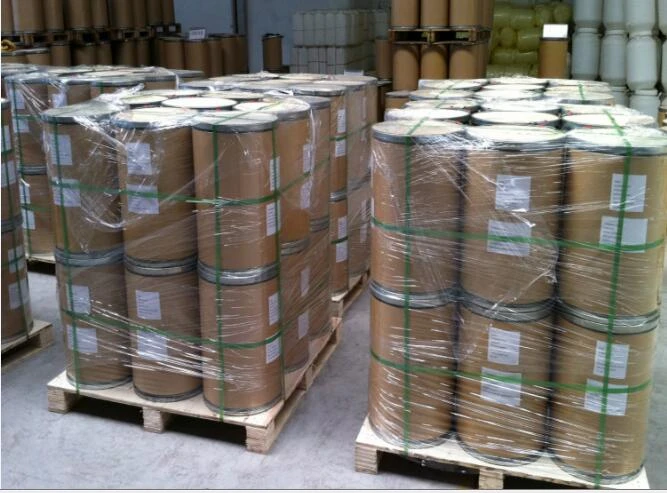Purification of Water Using Alum
Water is essential for life, yet access to clean and safe drinking water remains a challenge for many communities around the world. Contaminated water can lead to various health problems, making the purification of water a critical concern. One traditional and effective method for purifying water is the use of alum, a natural compound that has been employed for centuries to clarify water and make it safe for consumption.
Purification of Water Using Alum
The purification process using alum generally involves several steps. First, the turbid water is collected in a large container. A measured amount of alum is then added to the water. The recommended dosage often varies depending on the level of turbidity in the water, but it usually ranges from 10 to 50 grams per cubic meter. After the alum is added, the water is stirred to ensure thorough mixing, which promotes efficient coagulation.
purification of water using alum

Following the mixing, the water is allowed to sit undisturbed for a period of time, usually between 30 minutes to several hours. During this settling period, the flocs formed by the coagulation process sink to the bottom of the container, making it easier to separate the clean water from the sediment. The clear water on top can then be decanted or siphoned off, while the sediment containing the impurities is discarded.
One of the advantages of using alum for water purification is its effectiveness in not only removing sediments and turbidity but also in reducing pathogenic microorganisms. Research indicates that alum treatment can significantly decrease the presence of harmful bacteria and viruses in water, thus enhancing its safety for human consumption. However, it is important to note that while alum is effective in clarifying water, it does not disinfect it completely. Therefore, additional disinfection methods, such as chlorination or boiling, may be required to ensure the water is free of all pathogens.
Moreover, the use of alum is relatively inexpensive and accessible, making it a viable option for many communities, especially in developing regions. The sheer availability of alum in local markets further simplifies the implementation of this purification method. However, care must be taken to use the appropriate dosage, as excessive use of alum can lead to the presence of aluminum in the treated water, which may have health implications. Therefore, it is advisable to monitor the levels of aluminum and ensure they remain within safe limits.
In conclusion, alum plays a crucial role in the purification of water, making it a valuable tool for providing clean drinking water to those in need. Its ability to remove impurities and reduce harmful microorganisms makes it an effective solution for water clarity and safety. As communities continue to grapple with water quality issues, the use of alum, combined with other purification methods, can serve as a simple, cost-effective, and efficient approach to ensuring access to safe drinking water for all.

